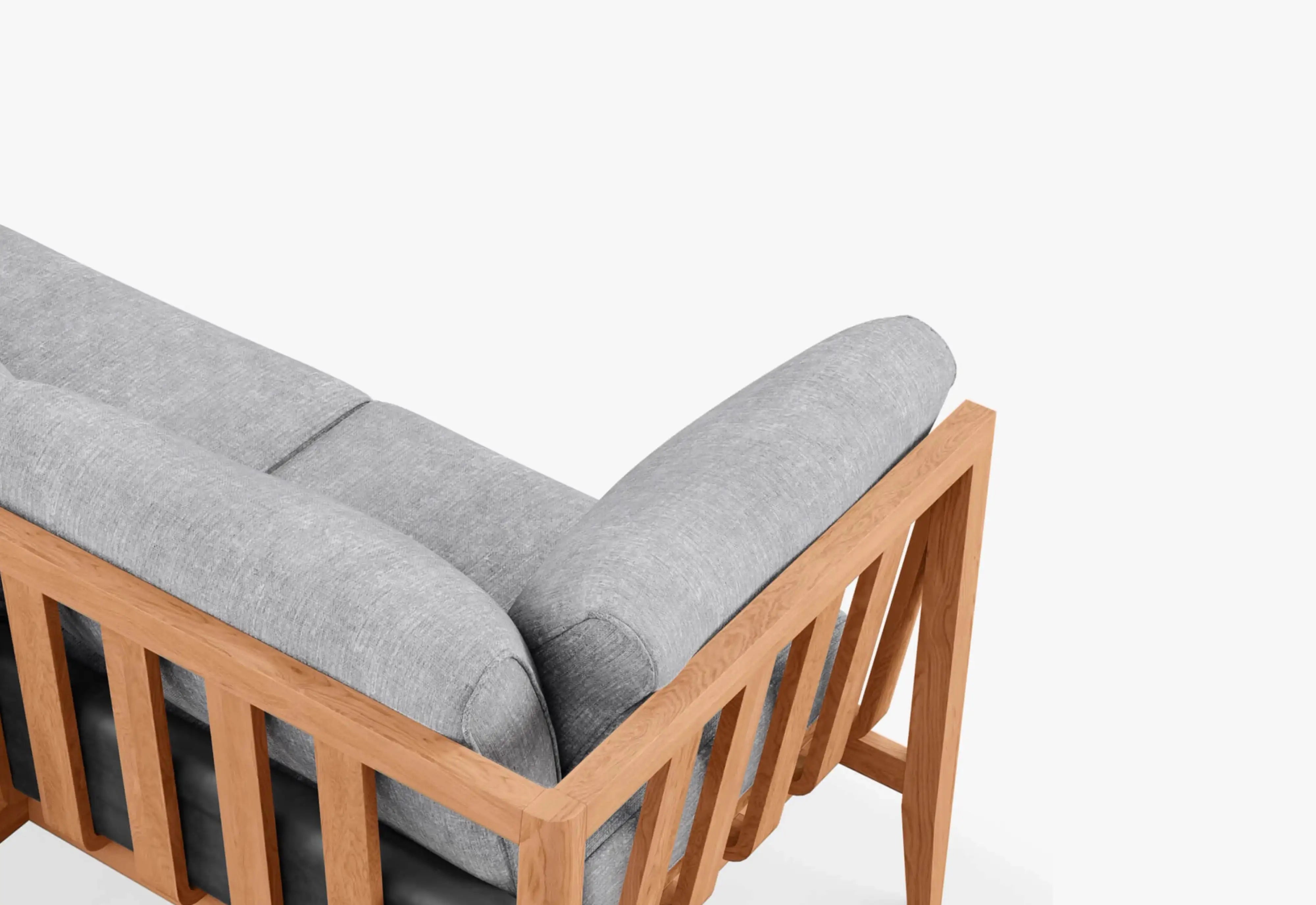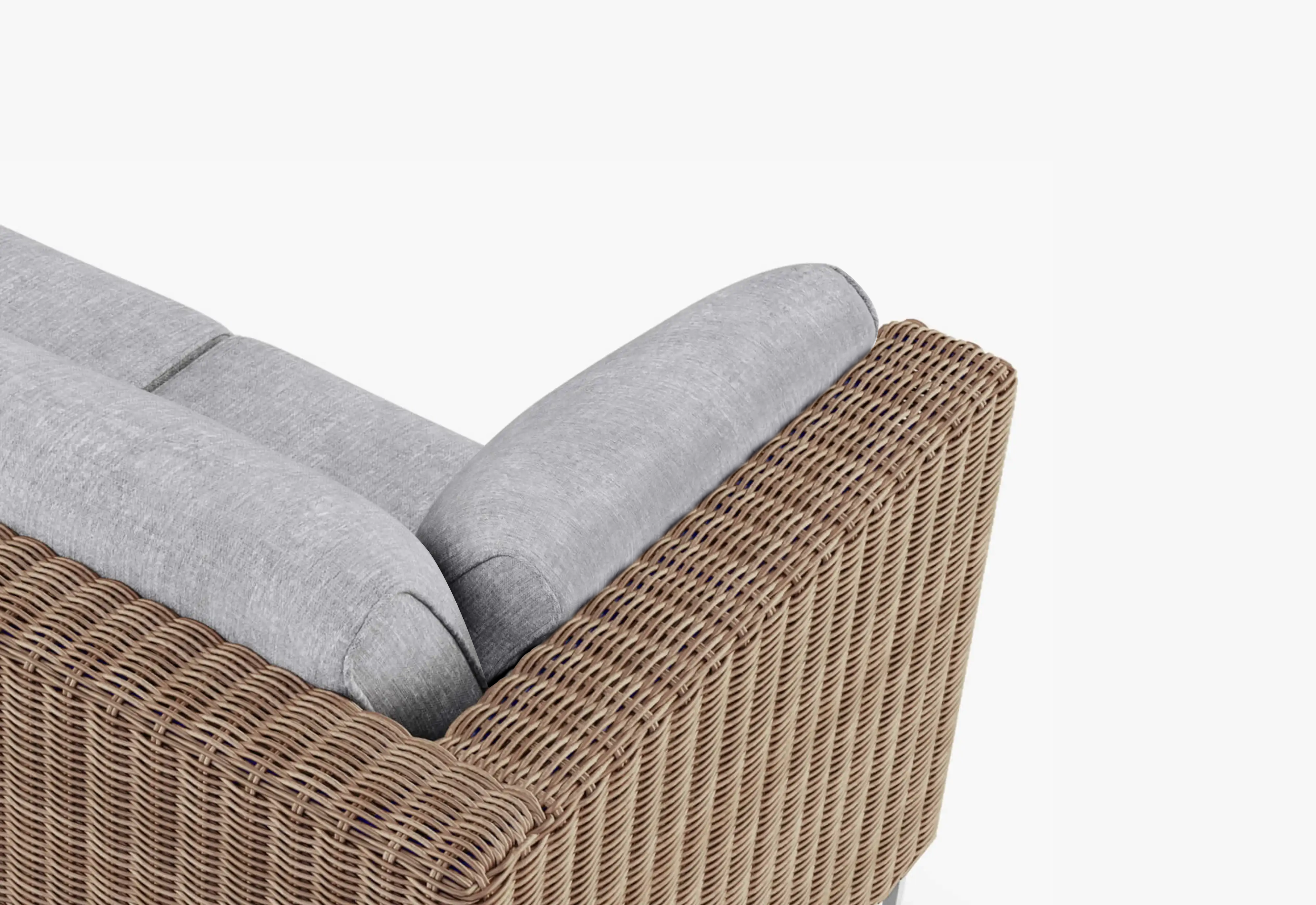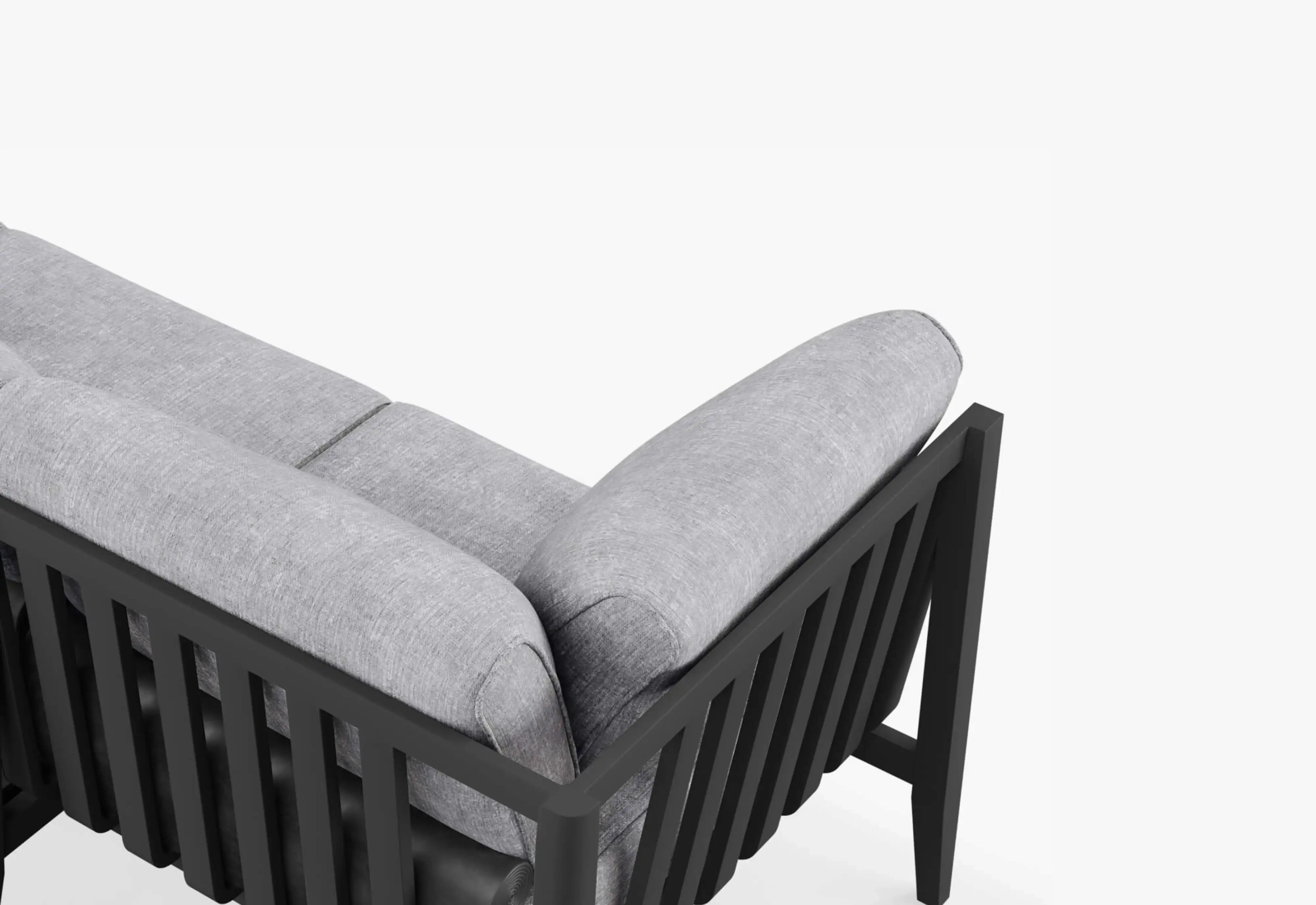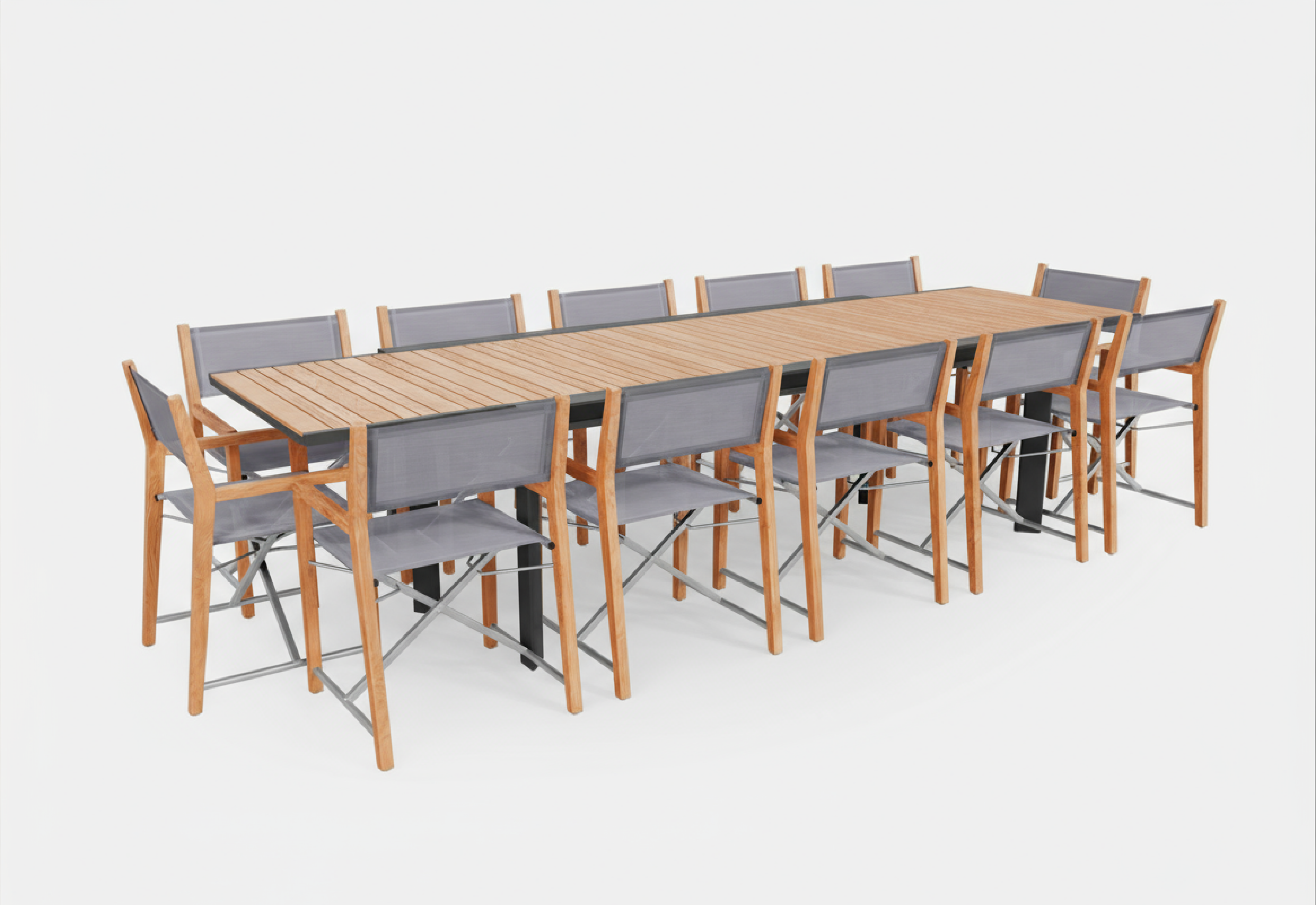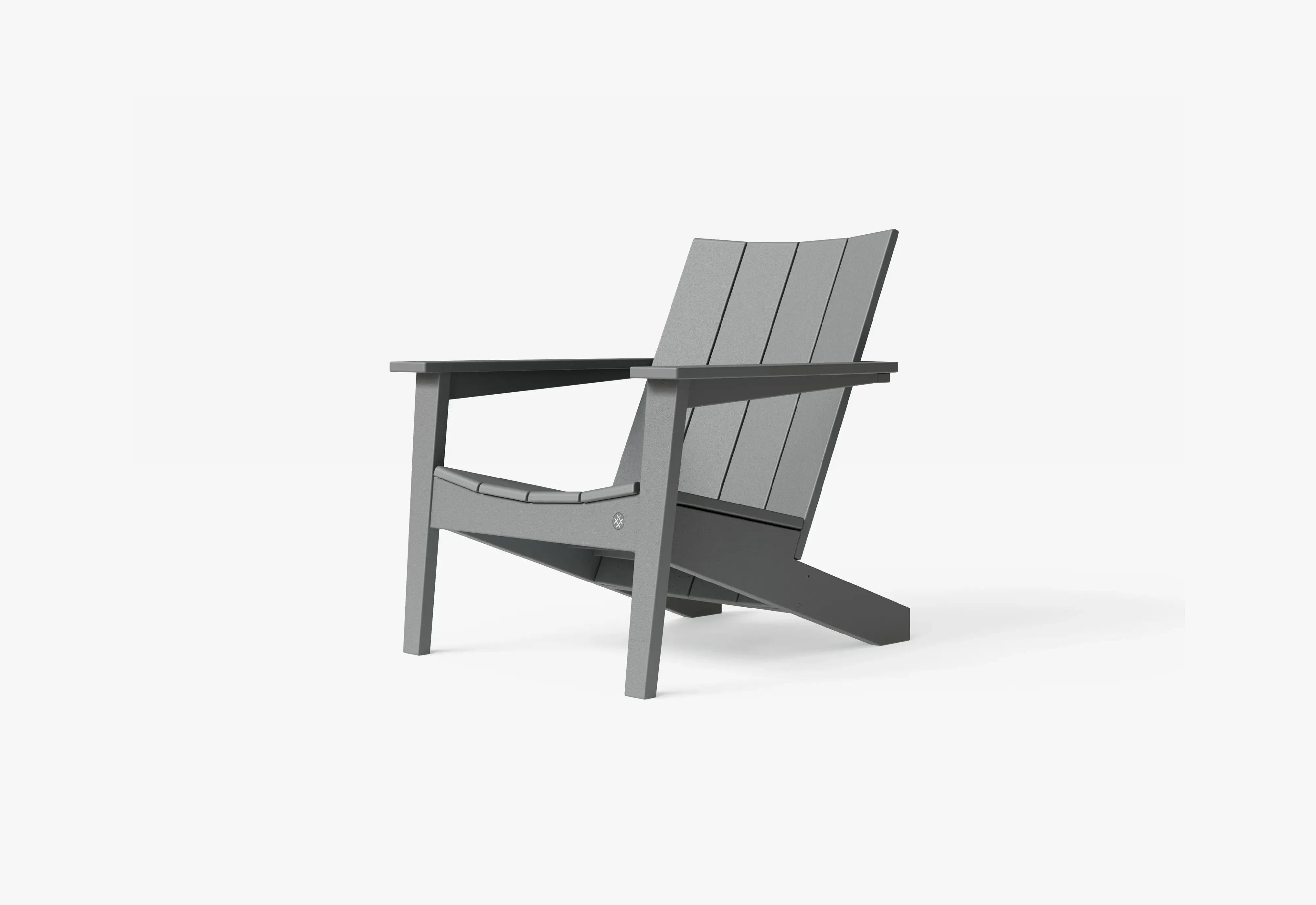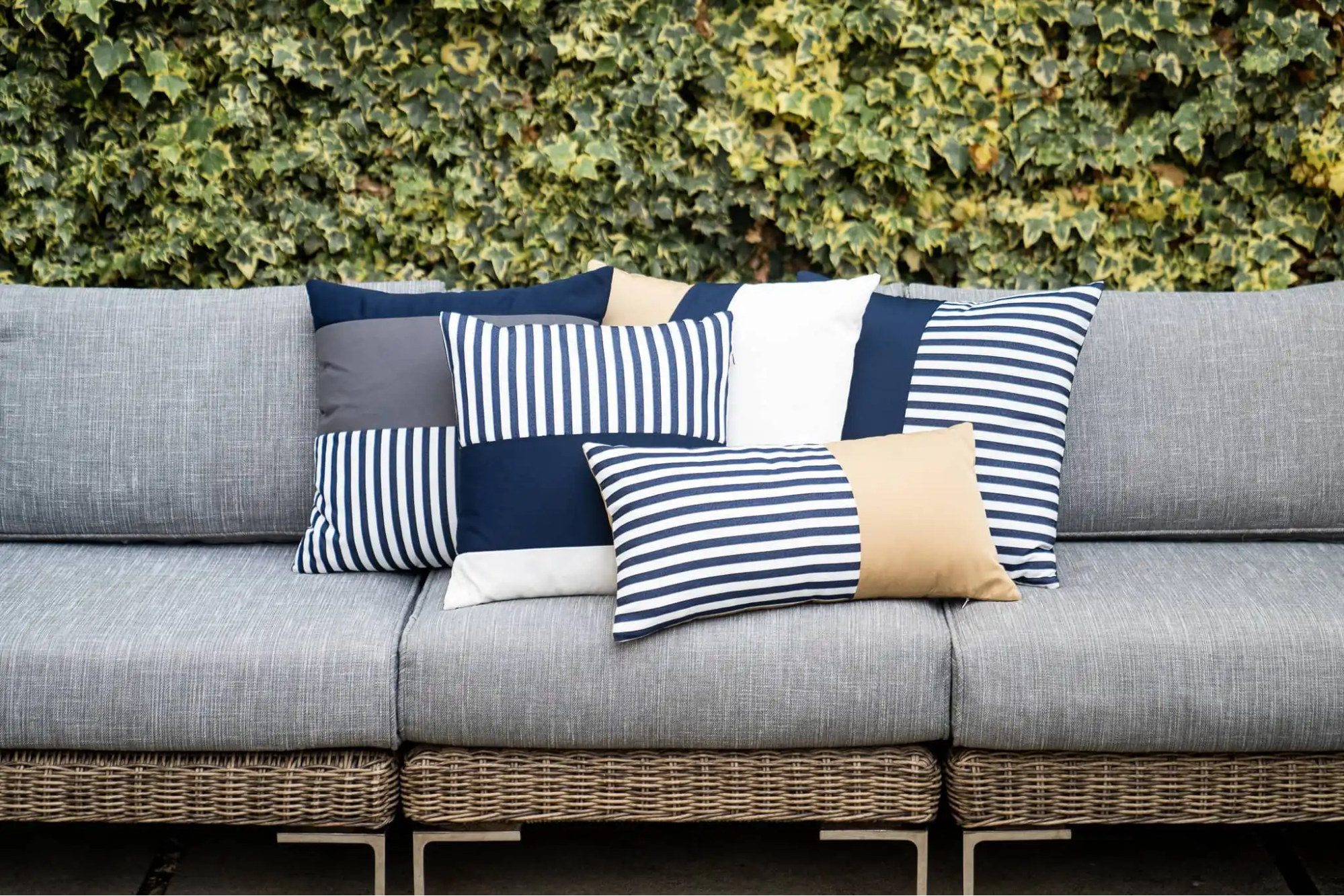Deck Vs. Patio: Choosing The One That's Right For Your Family

So you’ve decided you want to bring life back outside by adding a deck or patio to your home — congratulations! You’re going to have so much extra space to create new memories. But now comes the tricky part: choosing between a deck vs. patio.
When it comes to deciding between these two options, there are a ton of factors to consider, and it can start to feel overwhelming pretty quickly.
That’s why we’ve broken down each aspect to help you choose which option is right for your family.
We’ll cover the differences between a deck vs. patio (turns out they’re not the same, after all) and take you through each of the deciding factors to consider from cost to climate and everything in-between.
Let’s dive in!
Deck Vs. Patio: The Key Differences
While many might use the terms deck and patio interchangeably, there are some key differences between the two.
When it comes to choosing which option is right for your family’s outdoor sanctuary, it’s best to start by learning what differentiates a patio from a deck.
Deck

A deck is an elevated structure that’s typically made from wood, composite, or vinyl. Decks are always built above-ground and may be attached to the first or second floor of your home depending on your design.
Decks typically have some sort of railing along the edge for safety and are built using wooden, metal, or concrete supports underneath.
While decks are usually covered, it’s possible to have an uncovered deck — it just means you won’t be able to sit out when it’s raining (and you’ll probably find yourself moving your outdoor furniture to shelter a lot more often!).
Patio

Unlike a deck, a patio is built directly on the ground floor of your property, rather than being elevated. Patios can be covered or uncovered and may even be enclosed with screens.
A patio may be attached to your house, or it could be built as a separate structure. They’re generally crafted with concrete, bricks, or pavers as opposed to wood, making them durable and hard-wearing.
Deck Vs. Patio: Which One Is Right For Your Family?

Now that you know the difference between a deck vs. patio, let’s dive into how to choose between the two. There are a number of factors to consider when deciding which option best fits your family’s needs.
Cost
This is probably one of the first things that comes to mind when you think about adding a deck or patio to your home — which option is the cheaper of the two?
Of course, cost depends on a variety of factors, such as your location, yard type, and individual contractors close to where you live.
It’s no secret that each company will charge a slightly different price, so it pays to shop around and get multiple quotes before you build.
Generally speaking, patios are the cheaper option. This is due to less construction needing to be completed (there are no foundational or structural supports added with patios) and fewer materials needing to be used.
When all is said and done, you’ll be looking at up to $5,000 for a patio and up to $20,000 for a deck.
Both structures are an investment that you’ll be able to enjoy for years to come, so be sure to weigh all of the pros and cons, not just price!
Electricity Needs
You want to make your outdoor space feel cozy. One way to do that is to add string lights, a fan, or other features that require electricity.
If you're planning to do this, a deck might be better. Since it's attached to your home, it'll be easier to use your existing wiring to create the ambiance you want.
On the other hand, a patio typically requires hiring an electrician to run new wiring or use a portable generator. This can be done, but it will add to your project’s cost and timeline.
Depending on your area, you might also need an additional permit for this electrical work, which can slow down the process.
It's essential to think about any features you might want to add now or in the future when deciding between a deck vs. a patio. That way, your outdoor space truly will work for your family.
Yard Type
One aspect of construction that can heavily affect the overall cost of your project is your yard and whether any changes need to be made before your build can begin.
If you have a level or near-level block of land, you have the luxury of choosing between a deck vs. patio with minimal issues either way.
However, if you have a sloping yard, a deck will be the more cost-effective option as you’ll be able to avoid bringing in heavy machinery to level out your land prior to construction.
While it’s not impossible to create a patio on a sloping yard, it will cost you extra! If you don’t spend the money doing it right, your patio will likely crack and crumble long before it should, turning your outdoor dream space into a nightmare.
You also need to consider your soil type before installing a patio. If you have clay soil, it will need to be treated before a patio can be added. This is because clay expands and contracts with changes in moisture, which can cause cracking.
Treating the soil correctly will add to the overall cost of your patio. But if you live in an area with sandy soil, you're in luck. This type of soil is ideal for patios because it drains well and is less likely to cause cracking.
It’s also important to check with your local guidelines when it comes to building permits and licenses you might need, as this could lead to costs you hadn’t initially considered.
Purpose
What’s your goal with your new outdoor build? Your overall plan and purpose for this space play an essential role in your decision.
If you want your outdoor area to be an extension of your living space, an attached deck is likely the better choice. You can open your doors right out onto the deck, making it feel like part of your home.
With the right outdoor dining set, you can welcome your guests to your deck and entertain them in style. In addition, since it's attached to the house, you can quickly go back and forth between the two spaces.
Being able to entertain your guests outdoors without having them walk out into your yard can be beneficial. For example, you won't have to worry about muddy shoes getting tracked back into your home or deal with grass-loving pests, like chiggers.
On the other hand, if you want to incorporate landscaping into your new outdoor space, a patio might make more sense. You can surround it with shrubs, flowers, and other greenery to create an oasis in your yard.
Additionally, since the patio can be detached, you can put it wherever you'd like. For example, if you have a pool in your backyard, think about how amazing a patio nearby would be.
Patios also have the advantage of being made of fire-resistant materials, such as concrete. If you plan on having a fire pit to enjoy, it’s simpler on a patio. However, it’s not impossible to enjoy a fire pit table on a deck. You’ll just need to take a few extra safety precautions.
Privacy

You want to be able to enjoy your backyard without compromising on privacy, so which option is better when it comes to a deck vs. patio?
While a patio may provide more privacy for you and your family, it’s unlikely to offer the same views as a deck due to the lack of elevation, so it’s important to consider which aspect is more important to you.
A patio can easily be screened-in to prevent any nosy neighbors from eyeing your burgers during your weekend cookout, whereas a deck will almost always be breezy and open.
If you have a wood deck, you can use lattice or trellis panels to create a privacy screen. You can also plant trees or shrubs around the perimeter of your deck to provide some natural screening.
And since decks are elevated, you may find that your neighbors won’t be able to see into your deck as you’ll be above their yard. It all depends on where your structure is located.
Maintenance
If you’re thinking a patio requires less maintenance and upkeep than a deck, you’re probably right.
For example, you’ll need to apply stain to your deck boards every couple of years. Timber decks also require regular oiling to keep them looking fresh, whereas patios only require a quick hose down once in a while.
But keep in mind that timber decking isn’t your only option when it comes to building a deck. Composite decking boards are a great option to create the deck of your dreams minus the ongoing maintenance.
Also, consider that both patios and decks require cleaning to keep them guest-ready and to prevent stains from debris and spills.
Styling your deck or patio with an Eco-Friendly Rug can help bring life to your space and keep it feeling cozy and clean no matter which structure you choose!
Durability

Tying into maintenance is the durability of a deck vs. patio — which one will last longer?
The typical lifespan of a traditional timber frame deck is 10-15 years. After that, they start deteriorating quickly, and you may need to begin replacing boards, rails, or supports.
If you don’t take care of the repairs, they can become a safety hazard. And you won’t be able to spend time there in case the supports buckle and the whole thing comes tumbling down.
Decks are susceptible to rot (if they’re made from timber) and generally wear down faster than the stone and concrete seen in patios.
Even if your deck is covered, weather such as rain and UV rays will likely still wear it down over time. Patios, on the other hand, are more hardwearing thanks to the use of tougher materials.
Expect your patio to be around for about 35 years if you use pavers to build it. Concrete patios won’t last quite as long, but they’ll still be around for about a quarter-century.
As we mentioned earlier, the issue you may encounter with a patio is the cracking or splitting of concrete or stone, particularly if your patio has been built on slightly uneven ground.
Other concerns are the freeze and thaw cycle some parts of the country experience, tree roots, and ground shifting.
Aesthetics
In addition to durability and maintenance, it’s important to imagine what you want your yard to be like.
Do you envision certain materials or colors? The materials you choose for your deck vs. patio can dramatically change the vibe of your outdoor space.
If you're looking for a more natural look, using wood can achieve this goal. There are several different types of wood to choose from, so you can find the perfect shade and grain pattern to complement your home.
You can also stain or paint the wood to create a unique look. Just be aware that you'll need to refinish it every few years to keep it looking its best.
With modern composite decking, you can also get the look of wood without all the upkeep. This material is designed to resist fading, staining, and mold, so it's easy to maintain.
If you prefer a more modern aesthetic, a concrete patio might be the way to go. It's easy to clean and maintain and can be stamped or stained for a one-of-a-kind look.
You can also use brick or stone for your patio. These materials are classic choices that will never go out of style.
No matter what you decide, be sure to connect with the Outer Design Consultants to make your new area visually appealing. With a virtual appointment, they’ll be able to help you select the right furnishings to create the space of your dreams.
Value
While enjoying your deck or patio is a major upside to building one, it’d also be nice to have your new addition add a little extra resale value to your home.
But between a deck vs. patio, which structure brings a higher return on investment?
As you might have guessed due to the higher price tag, a deck will generally add more resale value to your home in comparison to a patio. Decks tend to look more sophisticated, and while there’s nothing wrong with a patio, we do love the views a deck can provide.
If you’re lucky enough to have city or ocean views from your home, adding a deck that overlooks your incredible view can add tens of thousands to your resale value.
This is definitely something to consider!
When it comes to styling your deck or patio, look for ways to add value here, too. Opting for quality craftsmanship and hardwearing materials found in our range of sofas and sectionals will ensure you’ll be enjoying your deck or patio along with the furniture for years to come.
Accessibility Of A Deck Vs. Patio
If you choose a deck, remember that it will be elevated off the ground. While you can access it from your home, many decks have stairs out into the yard. This can make it difficult to get onto if you or your guests have any mobility issues.
You may be able to add a ramp instead of stairs, but this will increase the cost and time of your project. Additionally, a ramp can add to the footprint of your build, so it won't be practical for every space.
On the other hand, a patio can be built at ground level. This makes it much easier and safer to access, especially for those with limited mobility.
Even if you can easily access both options now, remember that you'll be able to use these spaces for years to come. So it’s important to have a plan for the future to avoid any regret down the road.
Climate
If you live in a warm climate with little rain and no snow, you’ll have much less moisture to worry about when it comes to the potential of timber rot. In comparison, if you live somewhere that experiences all seasons, consider how these weather conditions might affect your decision.
In any case, inclement weather isn’t unheard of for any climate — even California has the occasional unexpected downpour and added humidity!
For this reason, we recommend planning ahead when it comes to your outdoor furniture, regardless of whether you choose a deck or a patio.
All Outer furniture comes with an in-built OuterShell™ to protect it from the elements, including the sun’s harsh UV rays and moisture build-up from rainfall. This protective cover tucks neatly behind your Outer sofa cushions, ready for use at a moment’s notice.
For those in the cooler parts of the country, our All-Weather Covers can add even more protection so you don’t need to worry about your outdoor furniture surviving the elements.
Mold-resistant with a super snug fit, these covers help prolong the life of your Outer furniture while allowing airflow so your sofa is always guest-ready.
Bugs

Nobody enjoys getting bitten by mosquitoes while they’re enjoying a nice evening outdoors. If you’re dealing with a lot of pests, you'll want to brainstorm ways to keep the bugs away.
With a deck, you can do this by adding screens or glass panels to the sides. This will create a barrier between you and any pests while still allowing you to enjoy the fresh air. However, these features will add to the cost and detract from your beautiful views.
You can also use mosquito netting or install fans to keep the air moving and make it harder for them to land. But, again, there are downsides to these methods.
If you have a patio, you can achieve a similar effect by adding potted plants or hanging baskets around the perimeter. These will create a natural barrier that pests will have to navigate to get to you.
To give yourself extra protection without the hassle and expense of changing your build, try the Outdoor Bug Shield Throw Blanket. These durable, lightweight throws include a safe, long-lasting bug-repellent technology that discourages bugs from trying to hang out with you.
While on the subject of bugs, it's important to cover one more pesky insect: the termite. These little creatures can cause a lot of damage to your deck if they get into the structure.
With a wood deck, you'll need to be proactive in preventing termites. This means regularly inspecting the wood for signs of damage and keeping the area around your deck clean.
You should also avoid storing anything on your deck that could attract termites, such as firewood. If you have a concrete patio, you won't have to worry about termites since they can't eat through concrete.
Insurance Coverage
When you’re deciding between the two, another cost to factor in is insurance. If your deck or patio is attached to your home, it will likely be covered by your homeowner's insurance policy.
However, if your deck or patio is not attached to your home, you may need to purchase a separate policy to insure it if you don't have coverage B that takes care of other structures.
Check with your insurance agent to see what coverage you have and whether you need to purchase additional insurance for your deck or patio. While you're on the phone, find out what your policy's limits are for this type of space.
If you've invested a lot of money into your backyard, you may find that you don't have enough coverage to replace everything if it's destroyed by a fire or other covered event.
You may need to add an endorsement or rider to your policy to increase your limits. This will add to the overall cost of insuring your deck or patio, but it's worth it to know you're fully protected.
Deck Vs. Patio: Our Final Thoughts

It’s a tough decision between a deck vs. patio — if only we could choose for you!
Remember to factor in aspects such as cost, climate, and the potential return on investment that your new deck or patio could bring to your home. Then add value to your deck or patio by choosing well-made, quality outdoor furniture and accessories to bring life back outside.
By considering the factors we’ve outlined in this guide, you’ll be ready to choose the best option for your family. Happy building!

